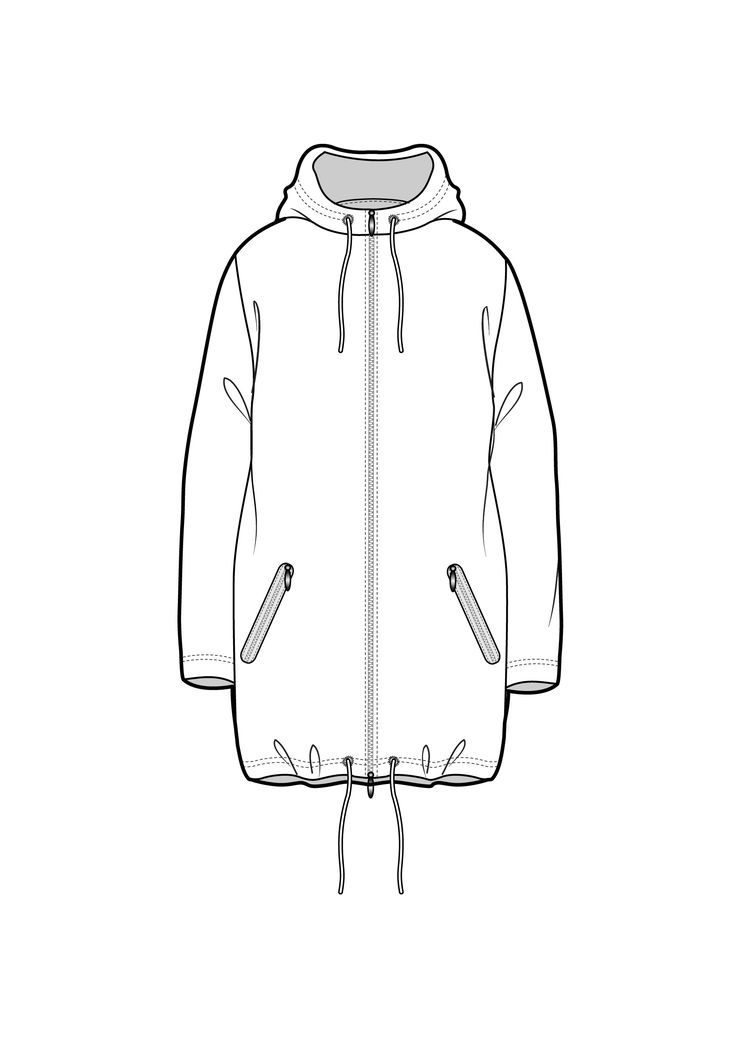

Support and criticism were raised by politicians, who were divided over the 2008 event. Archbishop David Moxon, Archbishop of the Anglican Dioceses, and Brian Turner President of the Methodist Church of NZ also participated in the campaign. To launch the campaign, NZ politicians, including National MP Nicky Wagner, Green Party MPs Sue Bradford, Nandor Tanczos and Metiria Turei, and Maori party MP Hone Harawira, wore hoodies while standing on the steps of the country's parliament. The "Hoodies on Parliament-politicians challenge youth stereotypes" campaign was launched in May 2008 in New Zealand (NZ) as part of the annual national Youth Week event, a pro-youth initiative organized to challenge youth stereotypes. In the province of Saskatchewan, hoodies without zippers are "bunny hugs." New Zealand Canada Īcross Canada, hoodies are a popular clothing item sometimes worn under a coat or jacket to provide an extra layer of clothing during the winter. The zone is part of an initiative to educate businesses on how they can avoid armed robberies, in which the hoodie type of clothing is reportedly often worn. In June 2011, police in Wynnum, Brisbane, launched a "Hoodie Free Zone" initiative, with shopkeepers encouraged to ask hoodie-wearers to leave. ( November 2020) ( Learn how and when to remove this template message) Please do not remove this message until conditions to do so are met. Relevant discussion may be found on the talk page. The neutrality of this section is disputed. A crystal-studded hoodie made by rapper Sean "Diddy" Combs was acquired by the Victoria & Albert Museum in London. Tommy Hilfiger, Giorgio Armani, and Ralph Lauren, for example, used the hoodie as the primary component for many of their collections in the 1990s. Young men, often skateboarders or surfers, sported the hoodie and spread the trend across the western part of the United States, most significantly in California. The association with chavs or neds in the UK developed around this time, as their popularity rose with that specific demographic.

īy the 1990s, the hoodie had evolved into a symbol of isolation, a statement of academic spirit, and several fashion collections.

The rise of hoodies with university logos began around this time. Most critical to the hoodie's popularity during this time was its iconic appearance in the blockbuster Rocky film. Hip hop culture developed in New York City around this time and high fashion also took off during this era, as Norma Kamali and other high-profile designers embraced and glamorized the new clothing. The hoodie became popular in the 1970s, with several factors contributing to its success. The term hoodie entered popular usage in the 1990s. The earliest clothing style was first produced by Champion in the 1930s in Rochester and marketed to laborers working in freezing temperatures in upstate New York. The hooded pullover is a utilitarian garment that originated in the 1930s in the US for workers in cold New York warehouses. Its appearance was known in England at least as early as the 12th century, possibly an import with the Norman conquest of England, as the capa was "a short hooded cloak which was common in Normandy." The garment's style and form can be traced back to Medieval Europe when the preferred clothing for monks included a hood called a cowl attached to a tunic or robes, and a chaperon or hooded cape was very commonly worn by any outdoors worker. The word hood derives from the Anglo-Saxon word hōd, ultimately of the same root as an English hat. This 19th-century book illustration copies a 12th-century English image of a man wearing a hooded tunic.


 0 kommentar(er)
0 kommentar(er)
